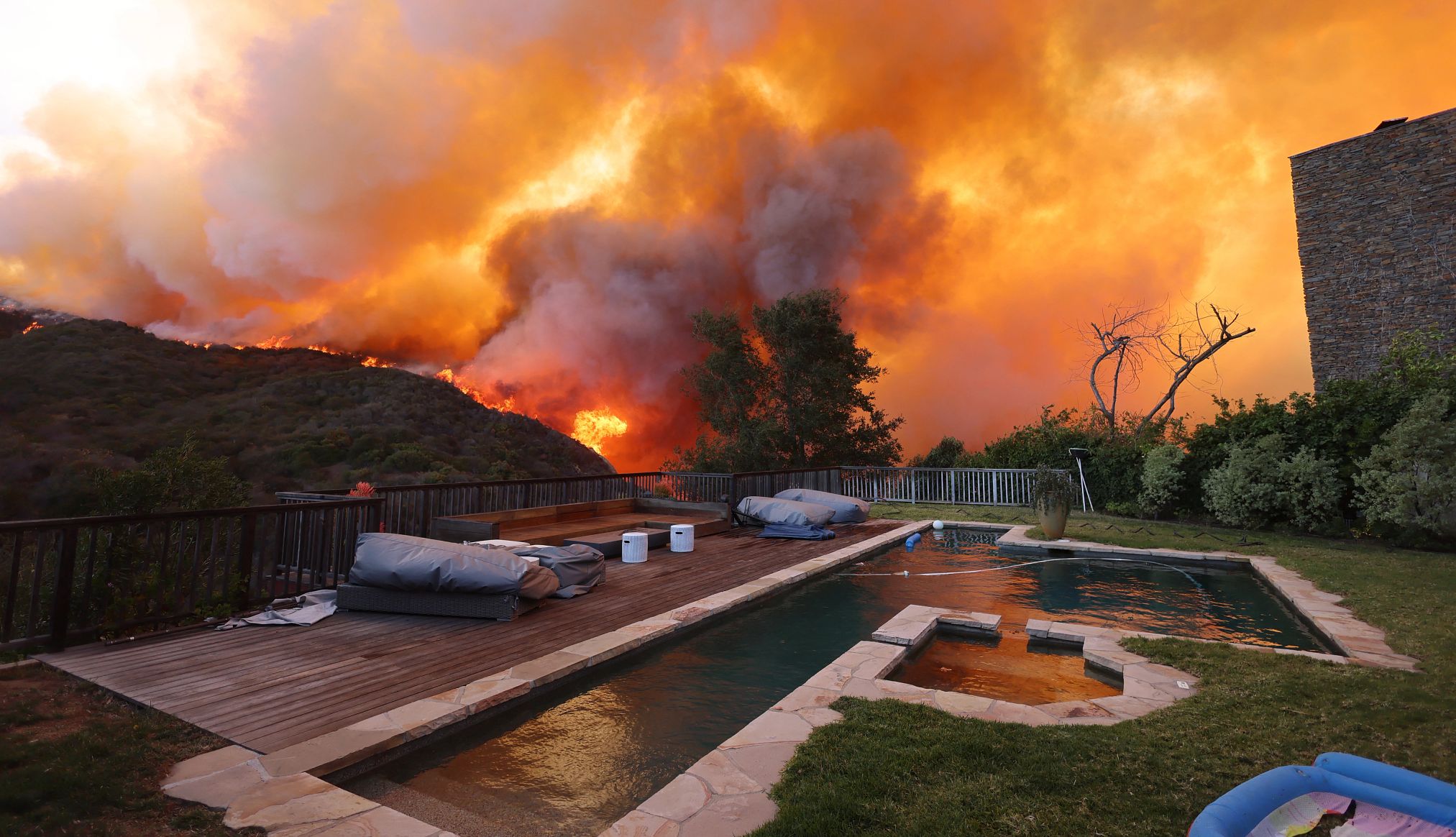AARP Hearing Center


While it makes for spectacular sunrises and sunsets, smoke from wildfires is a potential health hazard, especially for those who are older or have certain underlying health conditions.
In California, where every ZIP code is exposed to wildfire smoke each year, researchers estimate that more than 52,000 premature deaths between 2008 and 2018 were due to chronic, long-term smoke exposure, at a cost of at least $432 billion to the economy.
“Our numbers are higher than previous estimates because previous measurements considered the harms from short-term smoke exposure, but wildfire smoke is becoming an ongoing problem and, as a result, contributing to long-term disease formation,” said researcher Rachel Connolly, of the University of California, Los Angeles, who was the lead author of a study published June 7, 2024 in the journal Science Advances.
Connolly suggests the health burden is likely growing in California and across the country.


“Our study looked at California, using data from 2008 to 2018, but there have been several record-setting fire years since, both within and outside the state,” she said in a statement. “Like we saw with the Canadian fires last year and impacts on the East Coast of the U.S., massive fires can produce so much smoke that even regions that are not as fire prone experience wildfire smoke exposures — and their populations are vulnerable to health impacts.”
Indeed, researchers at the University of California, Davis, found that nearly 90 percent of the lakes in North America were exposed to wildfire smoke for at least 30 days in each of three years (2019, 2020 and 2021) they studied, according to a report published June 5 in the journal Global Change Biology.
In 2023, wildfire smoke led to a spike in people with asthma visiting emergency rooms, particularly among those 5–17 and 18–64 years old, according to two studies published by the Centers for Disease Control and Prevention (CDC).
A national study, drawing data from 4,317 health facilities, found ER visits averaged 17 percent higher than normal on days when wildfire smoke pushed the air quality index (AQI) above 101, a level categorized as “Unhealthy for Sensitive Groups.” A second study found an increase in asthma-associated emergency visits across New York. It noted that on the worst AQI day (June 7), asthma-associated emergency department visits increased 81.9 percent statewide, excluding New York City. On that day, the Associated Press reported, the “New York City skyline could barely be seen across the Hudson River from New Jersey, while the Washington Monument and National Mall were enveloped in a rainless gray haze.”
The American Lung Association cautions that certain groups should monitor their breathing and exposure to wildfire smoke: those over age 65 or under age 18, those who work outdoors, and those who have asthma, chronic obstructive pulmonary disorder (COPD) or other lung diseases, chronic heart disease or diabetes.
The color-coded AQI from the Environmental Protection Agency (EPA) measures how clean or polluted the air is, and what associated health effects might be of concern, especially for ground-level ozone and particle pollution. EPA’s website AirNow.gov allows users to enter a zip code to get an air quality forecast.



































































More From AARP
Do You Know the Warning Signs of Lung Cancer?
The most common symptoms are often easily overlooked or misdiagnosed
Try These Tips for Living a Healthier Life
Small changes can add up to big mental and physical results